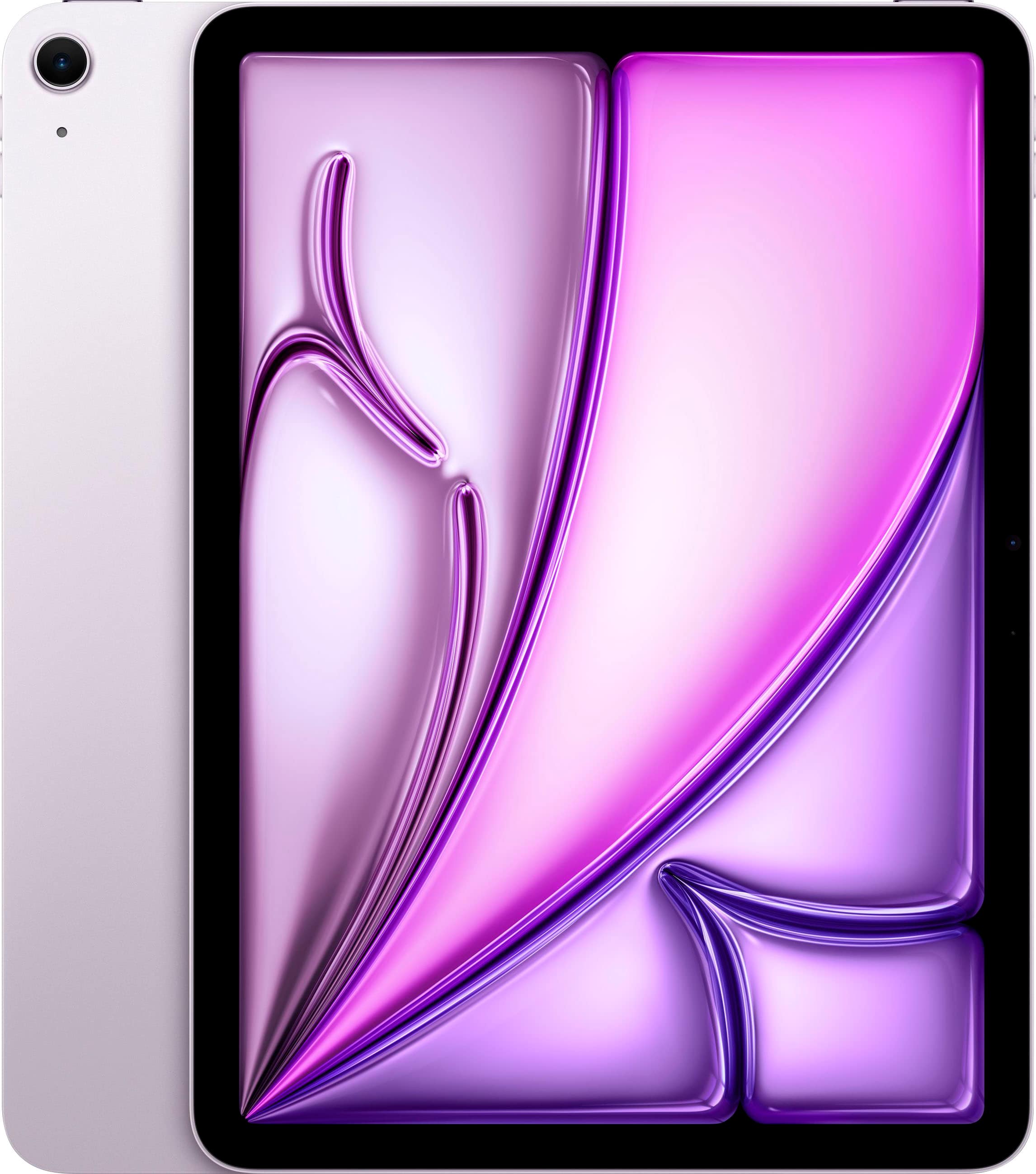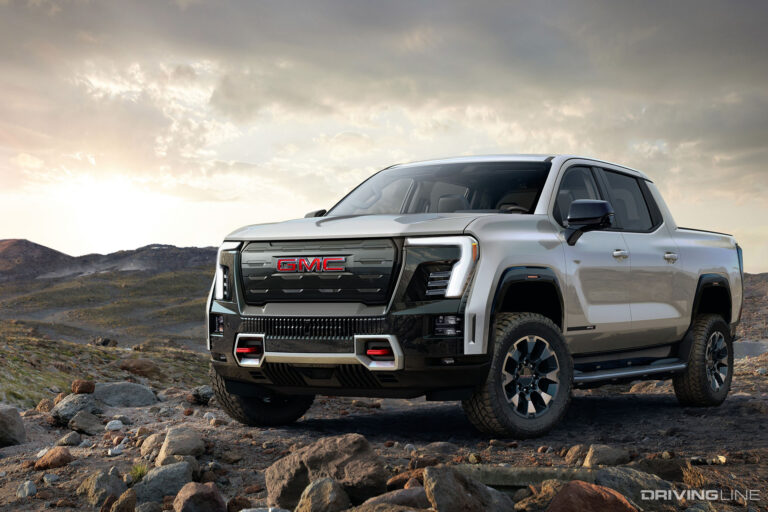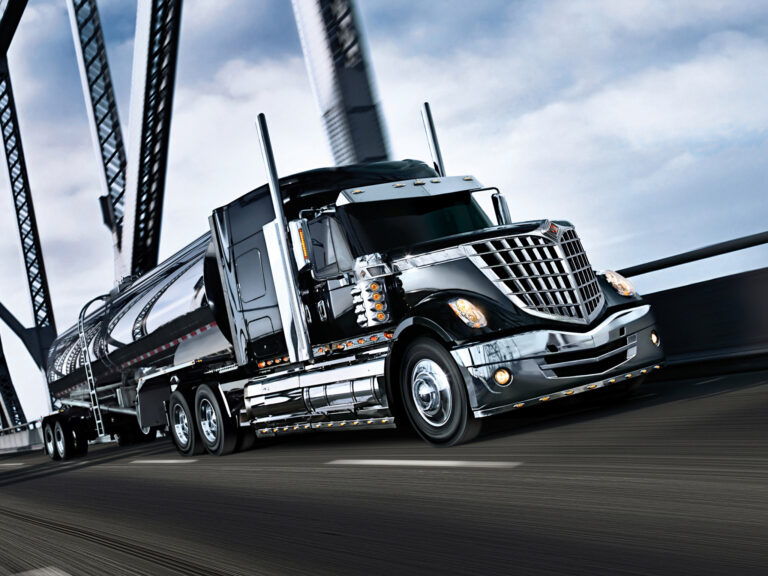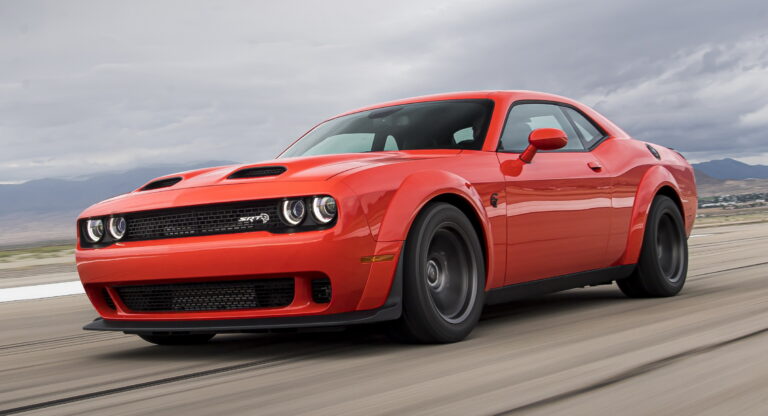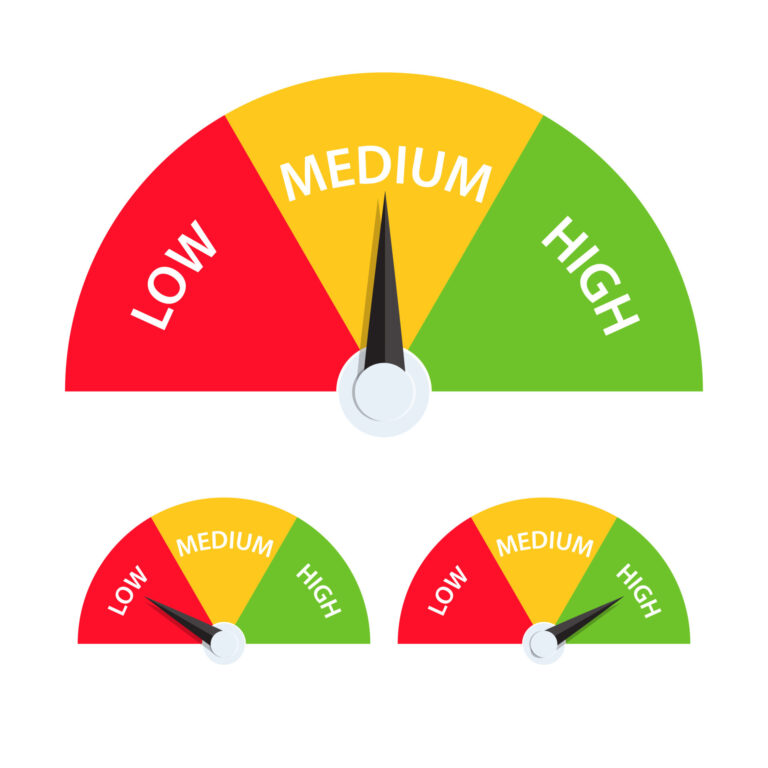Best Car Audio Deck Brands: The Ultimate Guide to Upgrading Your In-Car Sound
Best Car Audio Deck Brands: The Ultimate Guide to Upgrading Your In-Car Sound cars.truckstrend.com
The rumble of the engine, the open road, and your favorite tunes blasting through the speakers – it’s a quintessential driving experience. But what if your car’s audio system sounds flat, lacks punch, or simply can’t keep up with your smartphone’s capabilities? The heart of any great car audio system isn’t the speakers or the amplifier; it’s the car audio deck, also known as the head unit. This central command center is where all your audio sources converge, where sound is processed, and where you interact with your music, navigation, and communication tools.
Choosing the best car audio deck brand is paramount. A quality head unit from a reputable brand not only delivers superior sound processing and power but also offers a richer feature set, better reliability, and seamless integration with modern technology like smartphones. This comprehensive guide will navigate you through the world of car audio decks, highlighting the top brands, essential features, and practical advice to help you make an informed decision and transform your daily commute into an immersive audio journey.
Best Car Audio Deck Brands: The Ultimate Guide to Upgrading Your In-Car Sound
Understanding the Heart of Your Car’s Sound: The Audio Deck
At its core, a car audio deck serves several crucial functions:
- Source Unit: It’s where you select your audio source – whether it’s radio (AM/FM/HD), CDs, USB drives, Bluetooth streaming, or connected smartphones via Apple CarPlay or Android Auto.
- Pre-Amplifier: It takes the low-level audio signal from the source and processes it, allowing you to control volume, balance, fader, and apply equalization (EQ) settings.
- Amplifier (Built-in): Most head units include a small, built-in amplifier to power your car’s speakers. While sufficient for basic listening, dedicated external amplifiers are often preferred for higher power and better sound quality.
- Interface: It provides the controls – buttons, knobs, or a touchscreen – through which you interact with your audio system, navigation, and other features.

The brand you choose directly impacts the quality of each of these functions, influencing everything from the clarity of your sound to the responsiveness of the touchscreen and the reliability of the Bluetooth connection.
Key Features to Consider When Choosing a Car Audio Deck
Before diving into specific brands, understanding the essential features will help you prioritize what matters most for your driving experience:

- Form Factor (Single-DIN vs. Double-DIN):
- Single-DIN: The traditional, narrower head unit (approximately 7×2 inches). Ideal for older vehicles or those with limited dash space.
- Double-DIN: Twice the height of a single-DIN (approximately 7×4 inches). These often accommodate larger touchscreens and are common in newer vehicles.

- Connectivity:
- Bluetooth: Essential for wireless audio streaming and hands-free calling. Look for reliable, high-quality Bluetooth versions.
- USB & AUX Inputs: For connecting external devices like USB drives or older MP3 players.
- Apple CarPlay & Android Auto: Integrate your smartphone’s interface directly onto the head unit’s screen, offering intuitive access to navigation, music, messages, and calls. Available wired or wirelessly.
- HD Radio/Satellite Radio (SiriusXM Ready): For enhanced radio quality and broader station selection.
- Sound Processing & Quality:
- Equalizer (EQ): Allows you to adjust frequency response. Look for graphic EQs (more bands offer finer control) or parametric EQs (even more precise).
- Time Alignment: Delays sound from closer speakers so it arrives at your listening position simultaneously with sound from farther speakers, creating a more cohesive soundstage.
- Crossovers: Direct specific frequencies to the appropriate speakers (e.g., bass to a subwoofer, mids/highs to full-range speakers).
- High-Voltage Pre-Outs: Crucial if you plan to add external amplifiers. Higher voltage (e.g., 4V or 5V) provides a cleaner signal to the amplifier, reducing noise.
- Display & Interface:
- Touchscreen: Capacitive screens offer better responsiveness, similar to a smartphone.
- Resolution & Brightness: Important for visibility, especially with navigation.
- Customization: Adjustable button colors and background themes.
- Power Output (RMS vs. Peak): Pay attention to RMS (Root Mean Square) power output, which is a continuous power rating, rather than "peak" or "max" power, which is momentary. Higher RMS wattage (e.g., 20-22W RMS per channel) from the head unit’s built-in amp will sound clearer and louder. However, for significant power, an external amplifier is always recommended.
- Expandability:
- Subwoofer Pre-Outs: Dedicated outputs for connecting an amplified subwoofer.
- Camera Inputs: For rearview or front-view cameras.
- Steering Wheel Control Compatibility: Allows you to retain your car’s factory steering wheel controls with an adapter.
- Mechless vs. CD/DVD: "Mechless" (mechanic-less) units forgo CD/DVD players, relying solely on digital media. They are often shallower, lighter, and more affordable.
The Best Car Audio Deck Brands: A Deep Dive
When it comes to car audio decks, a few brands consistently rise to the top, offering a blend of innovation, sound quality, reliability, and user-friendliness.
1. Pioneer
Pioneer is arguably the most recognizable name in car audio, renowned for its innovation and broad product line.
- Strengths: Pioneer decks are known for excellent sound quality, intuitive user interfaces, and robust smartphone integration (Apple CarPlay and Android Auto, often wireless). Their NEX series is particularly popular for its advanced features, high-resolution displays, and comprehensive connectivity options. They offer a wide range of products from budget-friendly digital media receivers to high-end audiophile-grade units.
- Best For: Users seeking cutting-edge features, reliable smartphone integration, and consistently good sound performance across various price points.
2. Kenwood
Kenwood stands out for its superior sound processing capabilities and often includes built-in Garmin navigation in its higher-end models.
- Strengths: Kenwood’s eXcelon series is a favorite among audiophiles, offering advanced sound tuning features like digital time alignment, comprehensive equalizers, and high-voltage pre-outs. Their user interfaces are generally straightforward, and their units are known for durability. Many models feature excellent display quality and responsive touchscreens.
- Best For: Audio enthusiasts who prioritize sound customization and clarity, or those who desire integrated, reliable navigation.
3. Sony
Sony brings its consumer electronics expertise to the car audio world, offering reliable and feature-rich head units.
- Strengths: Sony decks are known for their clean sound, competitive pricing, and user-friendly interfaces. Their XAV series of receivers often boasts crisp, responsive touchscreens and excellent Apple CarPlay/Android Auto integration. They offer a good balance of features and performance for the price, making them a solid choice for many users.
- Best For: Consumers looking for a reputable brand that delivers solid performance, good features, and reliability without breaking the bank.
4. Alpine
Alpine is a premium brand often associated with high-end audio systems and audiophile-grade components.
- Strengths: Alpine decks are celebrated for their exceptional sound quality, often featuring high-resolution audio support and advanced sound tuning options. Their "Halo" series, with its floating display, offers unique aesthetic and functional appeal. Alpine systems are designed for serious audio enthusiasts who demand precision and clarity. While generally more expensive, the investment often translates to a superior listening experience.
- Best For: Audiophiles and serious enthusiasts willing to invest in top-tier sound quality and advanced audio processing features.
5. JVC
JVC often shares technology with Kenwood (as part of the JVCKENWOOD Group), offering a compelling blend of features and value.
- Strengths: JVC head units provide excellent bang for your buck, offering many features found in higher-priced units from other brands, such as Apple CarPlay/Android Auto, Bluetooth, and good sound customization options. They are a great choice for those on a moderate budget who still want modern connectivity and decent sound quality.
- Best For: Value-conscious buyers who want essential modern features like smartphone integration and good sound without spending a fortune.
Choosing the Right Deck for Your Needs: A Step-by-Step Guide
Selecting the perfect car audio deck involves more than just picking a brand. Follow these steps for an informed decision:
- Assess Your Current System & Goals: What do you want to improve? Is it sound quality, modern connectivity (CarPlay/Android Auto), navigation, or simply replacing a broken unit?
- Determine Your Budget: Car audio decks range from under $100 to over $1500. Set a realistic budget, remembering to account for installation costs, dash kits, and wiring harnesses.
- Check Vehicle Compatibility:
- Dash Opening: Is your car’s dash designed for a single-DIN or double-DIN unit?
- Wiring Harness & Dash Kit: You’ll almost certainly need an aftermarket wiring harness (to connect the new unit to your car’s factory wiring without cutting) and a dash kit (to ensure a seamless fit and finish). These are vehicle-specific.
- Steering Wheel Controls: If you want to retain your factory steering wheel controls, you’ll need an additional interface module.
- Prioritize Features: Based on your goals, which features are non-negotiable? Is wireless CarPlay a must-have? Do you need extensive sound tuning?
- Read Reviews: Consult both professional reviews from reputable car audio publications and user reviews on retailer websites. Pay attention to common complaints or praises regarding specific models.
- Consider Future Upgrades: If you plan to add an external amplifier, better speakers, or a subwoofer later, ensure your chosen head unit has sufficient pre-outs (e.g., 3 pairs of 4V or 5V pre-outs) and advanced sound processing.
Tips for Optimizing Your Car Audio System
- Don’t Stop at the Head Unit: While the head unit is the brain, speakers are the voice, and an external amplifier is the muscle. For truly transformative sound, consider upgrading speakers and adding an amplifier.
- Proper Installation is Key: Even the best head unit will sound subpar if poorly installed. If you’re not experienced with car electronics, professional installation is highly recommended to ensure proper wiring, safety, and optimal performance.
- Sound Deadening: Applying sound deadening material to your doors and trunk can significantly reduce road noise and prevent speaker vibrations, allowing your audio system to shine.
- Professional Tuning: Many car audio shops offer professional tuning services for your entire system, optimizing EQ, time alignment, and crossovers for your specific vehicle and listening preferences.
Potential Challenges and Solutions
- Compatibility Issues: Ensure you purchase the correct dash kit, wiring harness, and steering wheel control interface for your specific vehicle make, model, and year. Websites like Crutchfield offer excellent compatibility tools.
- Installation Complexity: Modern head units, especially those with CarPlay/Android Auto, can be more complex to install due to multiple wire connections, microphone routing, and antenna adapters. Don’t hesitate to seek professional help.
- Budget Constraints: If your budget is tight, prioritize core features like good sound processing and essential connectivity (Bluetooth, USB) over flashy screens or integrated navigation. You can always add an external amp or better speakers later.
- Overwhelming Choices: Start by narrowing down your options based on form factor and essential features. Then, compare brands within that category based on reviews and specific strengths.
Best Car Audio Deck Brands: Price and Feature Overview
| Brand | Typical Price Range (USD) | Key Strengths | Popular Series/Examples | Notes |
|---|---|---|---|---|
| Pioneer | $150 – $1200+ | Innovative features, excellent sound quality, wide range, robust Apple CarPlay/Android Auto (often wireless). | NEX series, DEH series, MVH series | A market leader, great all-rounder for features and sound. |
| Kenwood | $150 – $1000+ | Superior sound processing, user-friendly UI, often integrated Garmin navigation, eXcelon quality. | eXcelon series, DMX series, KDC series | Excellent choice for audiophiles and those desiring built-in nav. |
| Sony | $100 – $800+ | Reliability, crisp displays, good sound for the price, seamless smartphone integration. | XAV series, MEX series | Strong value proposition with reliable performance. |
| Alpine | $300 – $1500+ | Audiophile-grade sound, premium components, dedicated sound tuning features, large displays. | iLX series, Halo series, CDE series | For serious audio enthusiasts seeking top-tier sound. |
| JVC | $80 – $500+ | Excellent value, good features for the price, often shares tech with Kenwood. | KW series, KD series | Best for budget-conscious buyers seeking modern features. |
Frequently Asked Questions (FAQ)
Q: Do I need a new head unit for better sound?
A: A new head unit is the most impactful single upgrade for improving sound quality, especially if you’re keeping factory speakers. It provides a cleaner signal, better processing, and often more power.
Q: What’s the difference between single-DIN and double-DIN?
A: Single-DIN units are half the height of double-DIN units. Your car’s dash opening will determine which form factor you need. Double-DIN units typically accommodate larger touchscreens.
Q: What is Apple CarPlay/Android Auto?
A: These are systems that project your smartphone’s interface onto the head unit’s screen, allowing safe and intuitive access to navigation, music apps, messaging, and calls while driving.
Q: Is installation difficult?
A: For a basic head unit replacement, a DIY enthusiast can often manage. However, for units with complex features (cameras, steering wheel controls, external amps) or for optimal sound, professional installation is highly recommended.
Q: Do I need an amplifier if I upgrade my head unit?
A: Not necessarily. A new head unit’s built-in amplifier will likely sound better than your factory one. However, for significantly louder volume, more clarity at high volumes, or to power aftermarket component speakers or subwoofers, an external amplifier is essential.
Q: How much should I spend on a car audio deck?
A: This depends on your budget and desired features. You can find decent entry-level units for $100-$200, while high-end models with advanced features can cost over $1000. Prioritize features that matter most to you.
Q: What is RMS power?
A: RMS (Root Mean Square) power is a continuous power rating, indicating how much power an amplifier or head unit can consistently deliver. It’s a more accurate measure of performance than "peak" or "max" power ratings, which are momentary.
Conclusion
Choosing the "best" car audio deck brand ultimately boils down to your individual needs, preferences, and budget. Whether you’re an audiophile seeking pristine sound, a tech enthusiast craving seamless smartphone integration, or simply looking to replace a worn-out factory unit, brands like Pioneer, Kenwood, Sony, Alpine, and JVC offer a compelling range of options. By understanding the key features, assessing your vehicle’s compatibility, and prioritizing what truly enhances your driving experience, you can confidently select the perfect head unit to unlock a world of superior sound and connectivity on the open road. Invest wisely, and enjoy the symphony that accompanies every journey.
